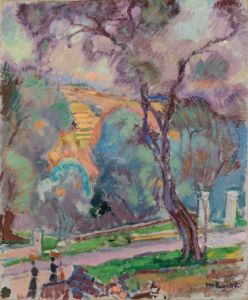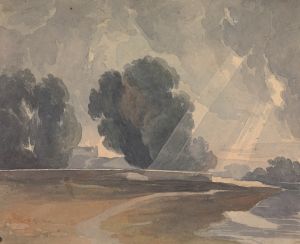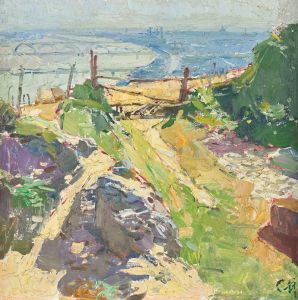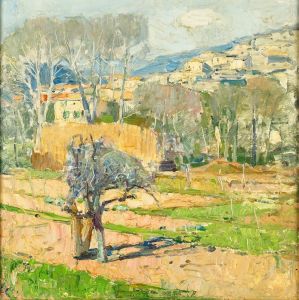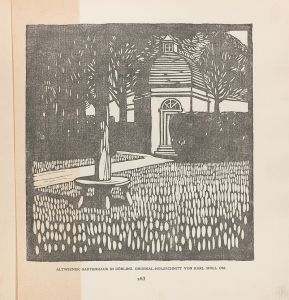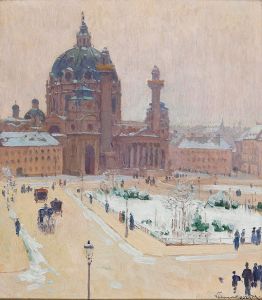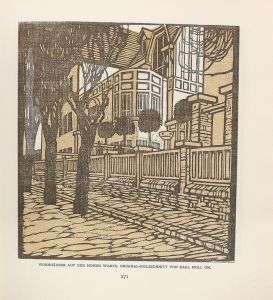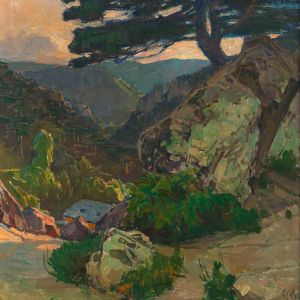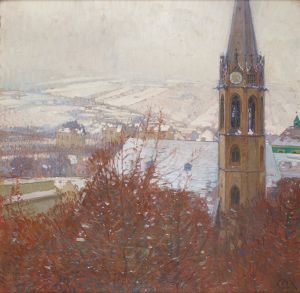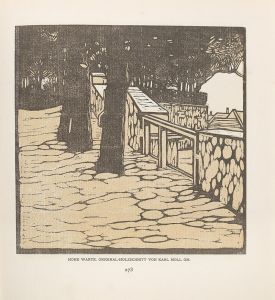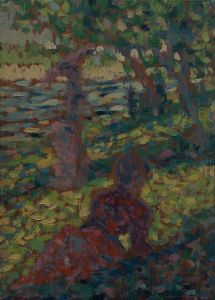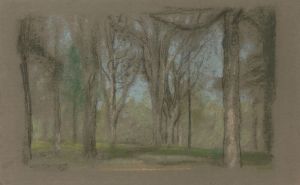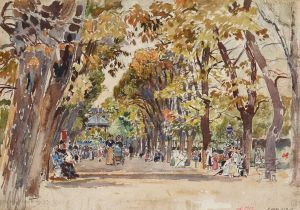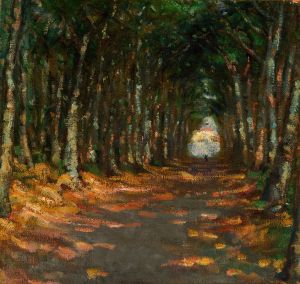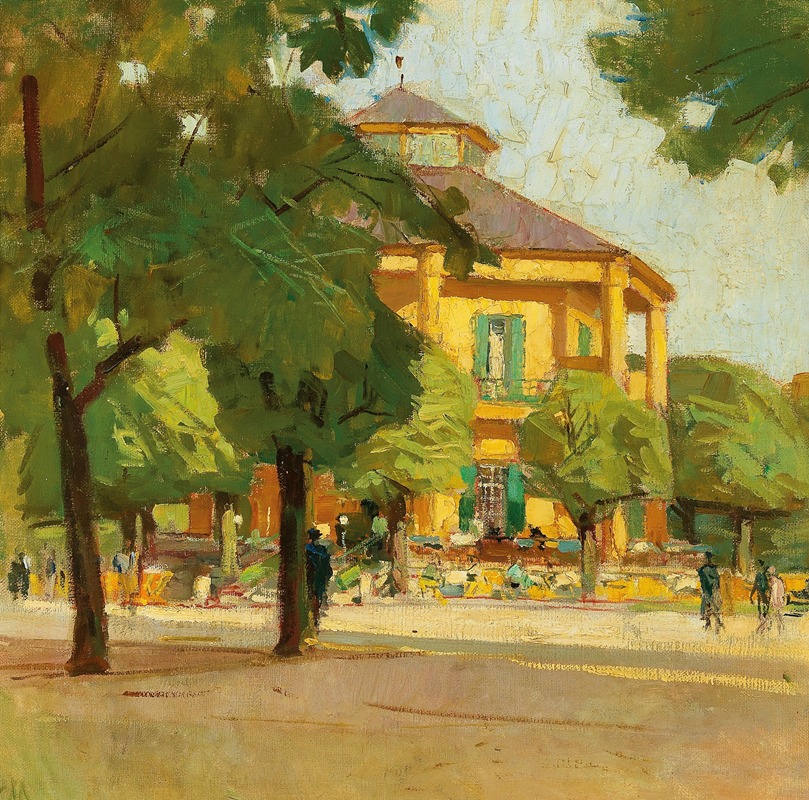
Lusthaus,
A hand-painted replica of Carl Moll’s masterpiece Lusthaus,, meticulously crafted by professional artists to capture the true essence of the original. Each piece is created with museum-quality canvas and rare mineral pigments, carefully painted by experienced artists with delicate brushstrokes and rich, layered colors to perfectly recreate the texture of the original artwork. Unlike machine-printed reproductions, this hand-painted version brings the painting to life, infused with the artist’s emotions and skill in every stroke. Whether for personal collection or home decoration, it instantly elevates the artistic atmosphere of any space.
Carl Moll's painting Lusthaus is a work by the Austrian painter, who was a prominent figure in the Vienna Secession movement. Moll, born in 1861 in Vienna, was known for his landscapes, interiors, and depictions of Viennese life, often characterized by a refined use of color and light. His works reflect the influence of both Impressionism and the decorative aesthetics of the Secessionist style.
The painting Lusthaus depicts the Lusthaus, a historic pavilion located in Vienna's Prater park. The Lusthaus has been a notable landmark in Vienna since its construction in the late 18th century. Originally built as a hunting lodge, it later became a popular destination for leisure and social gatherings. Moll's rendering of the Lusthaus captures the serene and picturesque atmosphere of the location, emphasizing its cultural and historical significance within the Viennese landscape.
In this work, Moll employs a harmonious palette and a meticulous attention to detail, showcasing his ability to blend naturalistic representation with an almost lyrical quality. The painting reflects the artist's interest in capturing the interplay of light and shadow, as well as his sensitivity to the mood of the scene. While the exact date of the painting's creation is not specified, it aligns with Moll's broader body of work, which often focused on Vienna's architectural and natural beauty.
Carl Moll was a co-founder of the Vienna Secession in 1897, alongside artists such as Gustav Klimt and Koloman Moser. The movement sought to break away from traditional academic art and embrace modernist principles, emphasizing innovation and individuality. Moll's works, including Lusthaus, exemplify the Secessionist ideals of merging fine art with everyday life and celebrating the unique character of local culture.
Today, Lusthaus is recognized as an example of Moll's contribution to Austrian art and his role in documenting Vienna's cultural heritage. The painting serves as a visual testament to the city's historical landmarks and the artistic movements that shaped its identity during the late 19th and early 20th centuries.





